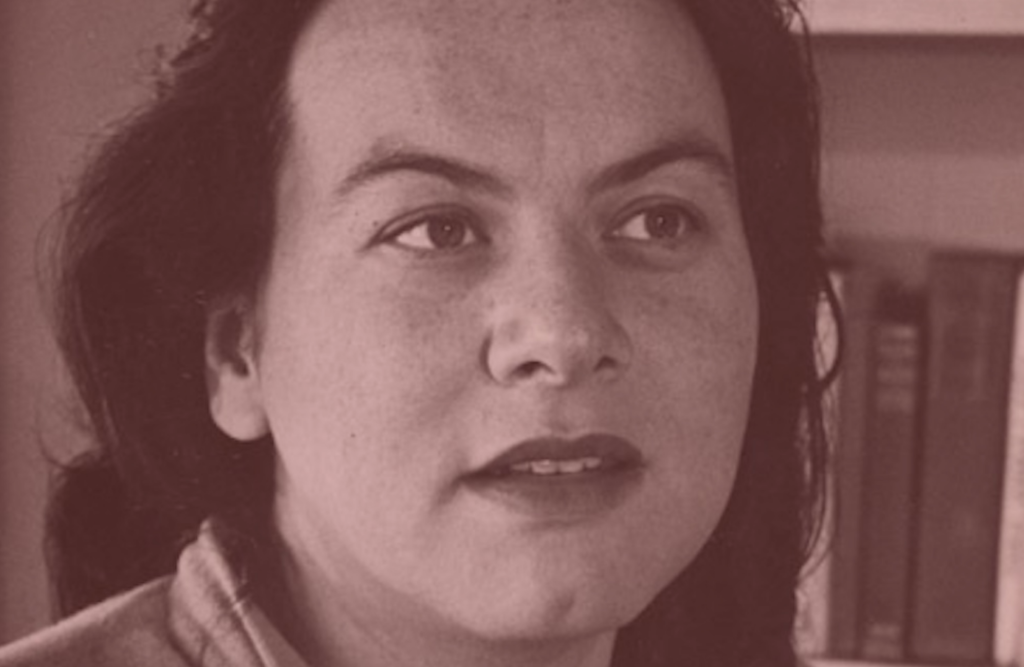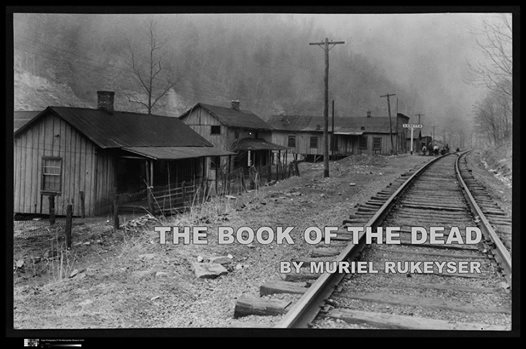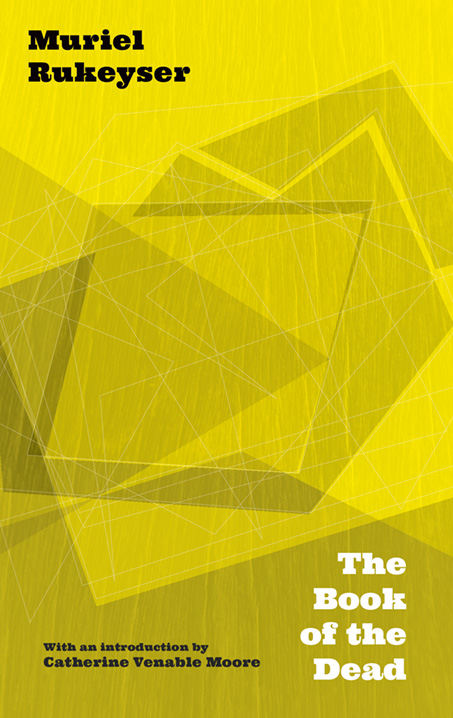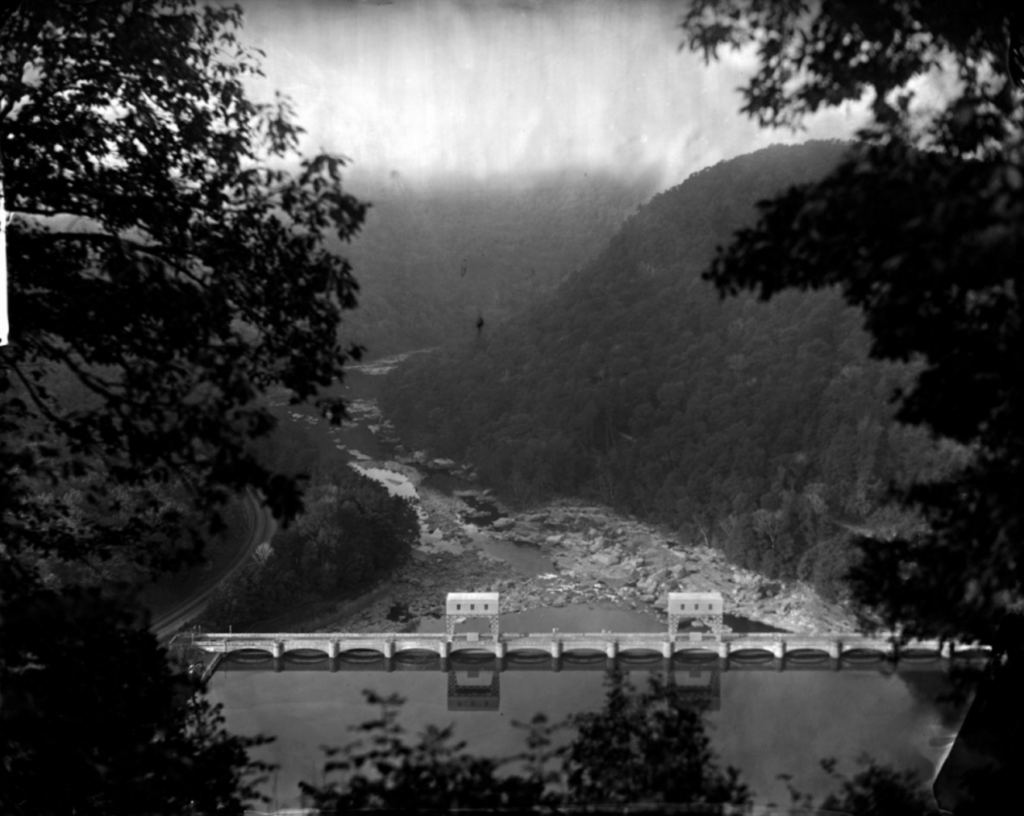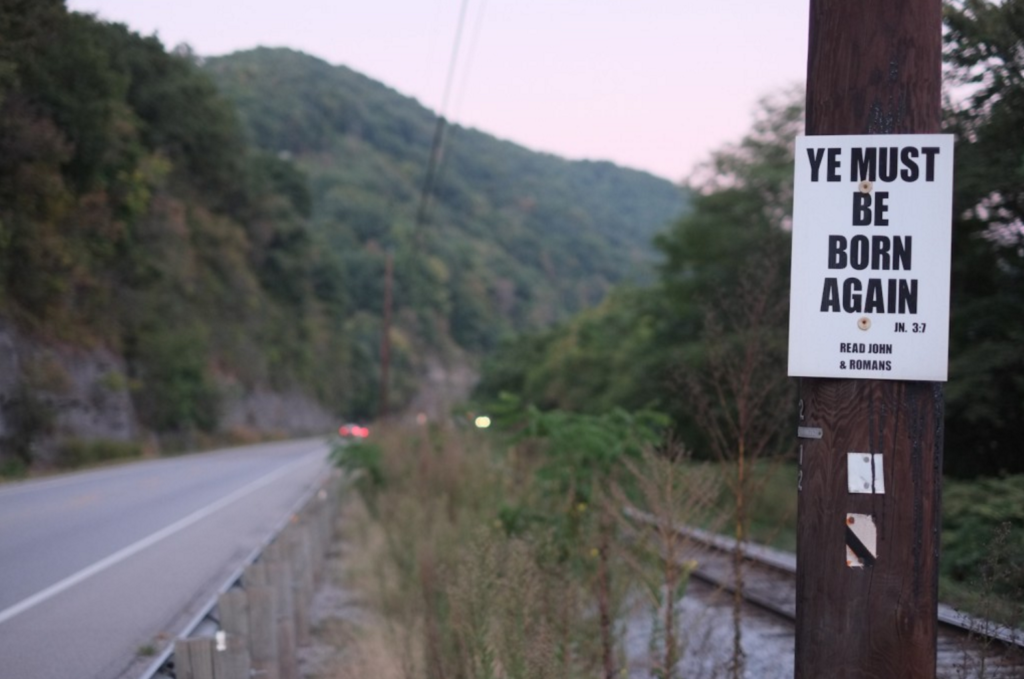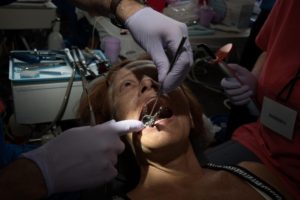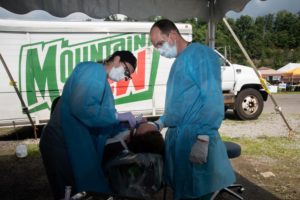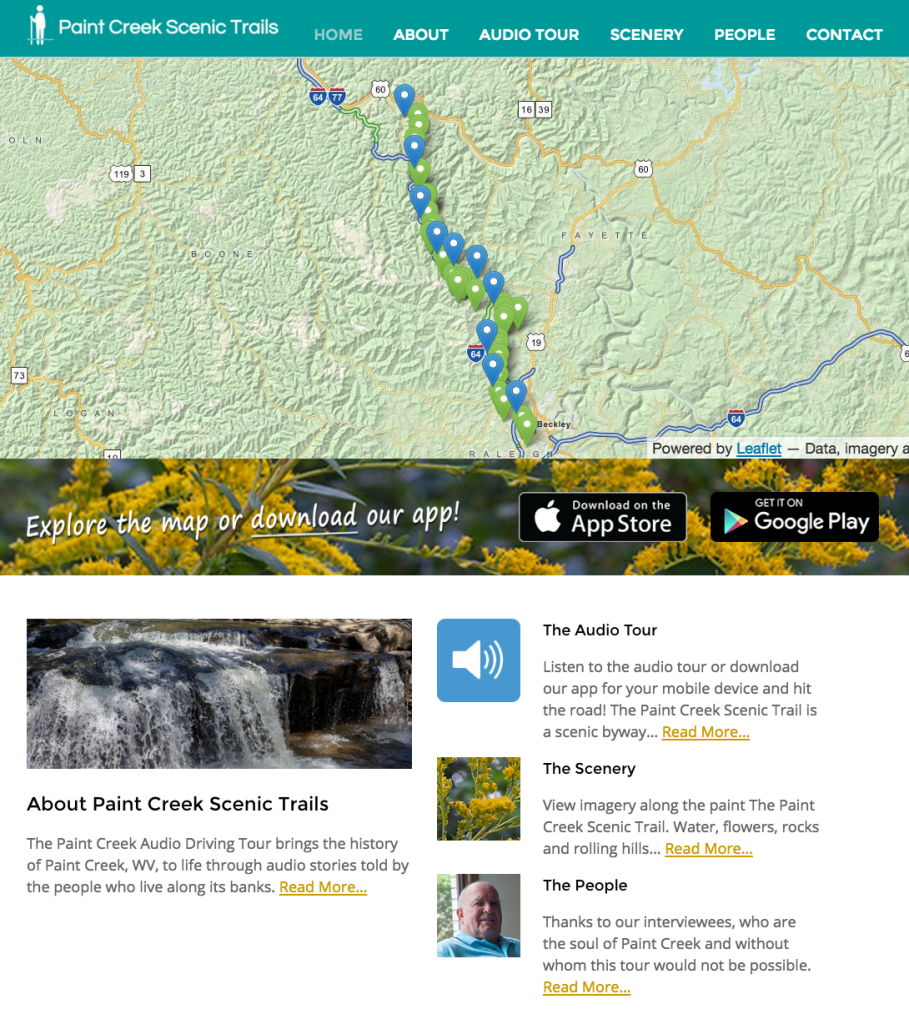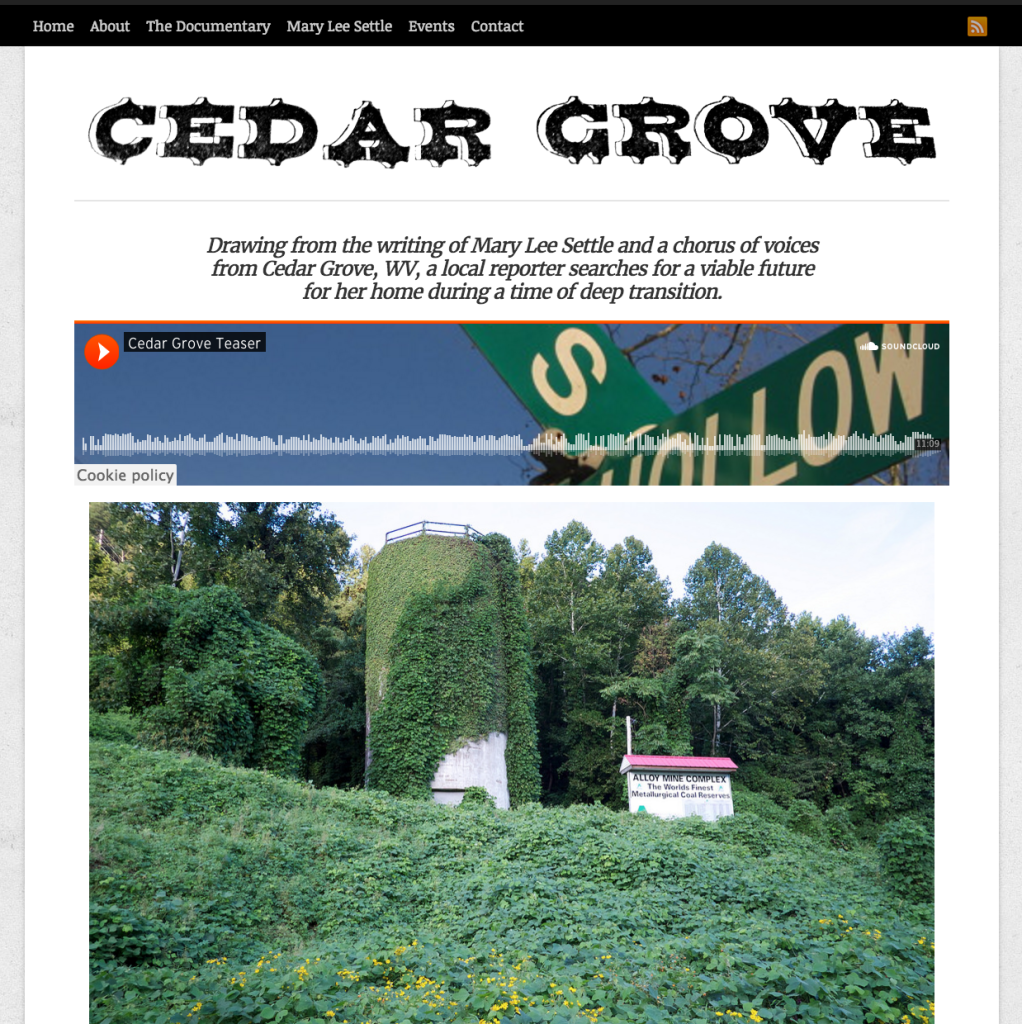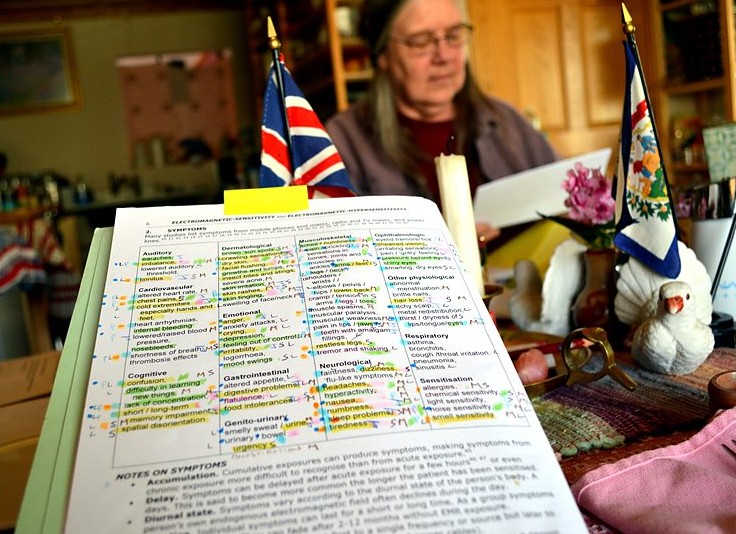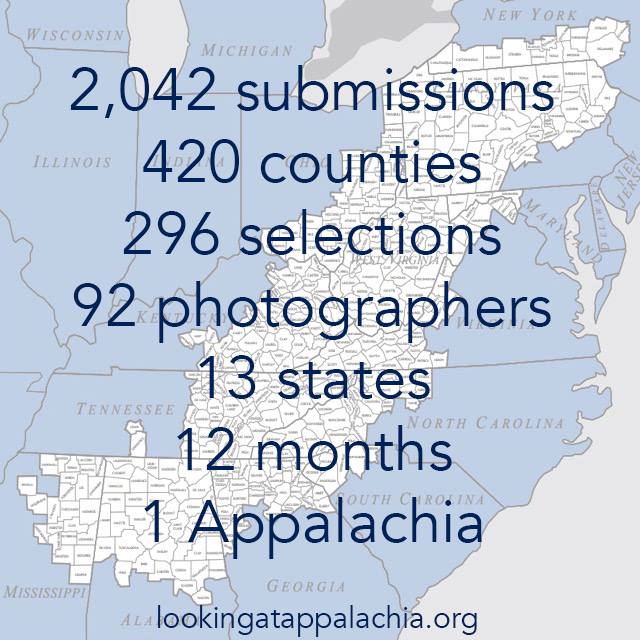For most of December, I spent afternoons wandering through a maze of galleries at the Massachusetts Museum of Contemporary Art (MASS MoCA) in North Adams, MA. Thanks to the Assets for Artists program, I spent a month in residency at the Studios at MASS MoCA, which gave me time and space for a deep dive into my research on Mary “Mother” Jones, a labor organizer and the spirit presiding over my book-in-progress, Disunion: West Virginia Coal Miners and America’s Other Civil War.
Pictured above is one of my favorite pieces at MASS MoCA: The Optics Division/Metabolic Studio’s Hoosic: The Beyond Place, an image of the museum taken with a camera made from a shipping container and developed with the assistance of the Hoosic River.

